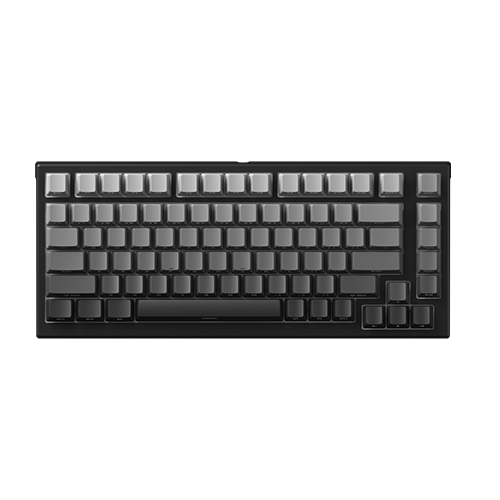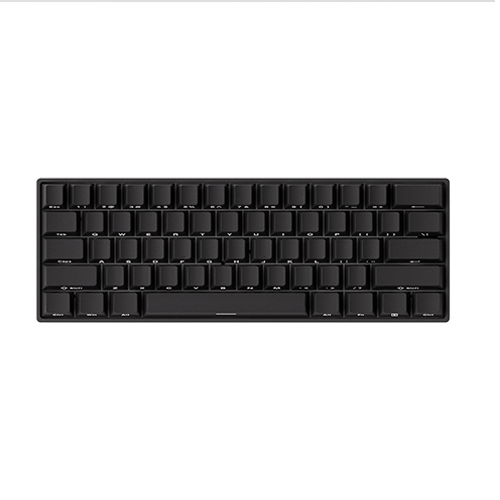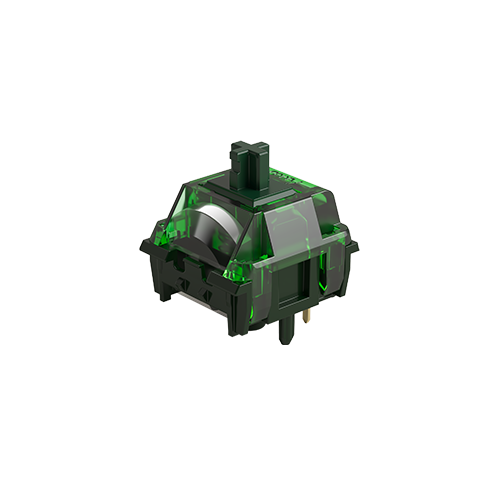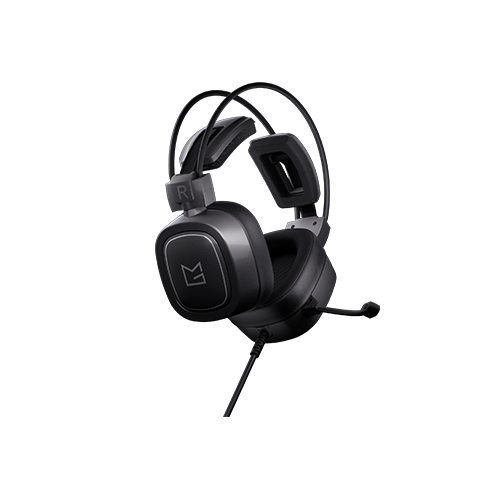From 125Hz to 8000Hz –
Which Keyboard Polling Rate Is Better?
📅Jul. 29. 2025
When selecting a keyboard—particularly for gaming or precision tasks—terms such as polling rate, response time, and input latency frequently come into play. Among these, polling rate serves as one of the most important key performance indicators, directly influencing how quickly keypress data is transmitted to the computer.
This metric becomes especially critical in competitive gaming environments, where even a few milliseconds of delay can affect performance. But what exactly does polling rate mean? And how does 125Hz compare to 1000Hz, or even the ultra-high 8000Hz?
In this article, we’ll examine the evolution of keyboard polling rates, compare their technical differences, and answer the core question:
Is 8000Hz genuinely superior, or is ”8K“ merely a marketing term for your keyboard? Crucially, what polling rate is optimal for various user requirements?
What is Keyboard Polling Rate?
Keyboard polling rate refers to how frequently your keyboard reports its status to your computer. It’s essentially the speed at which your computer “polls” or checks for new input from your keyboard. This rate is measured in Hertz (Hz), indicating the number of times per second the report is sent.
- 125Hz:The keyboard reports its status 125 times per second, or every 8 milliseconds.
- 500Hz:The keyboard reports 500 times per second, or every 2 milliseconds.
- 1000Hz:The keyboard reports 1000 times per second, or every 1 millisecond.
- Higher rates (e.g., 8000Hz):Some newer keyboards offer even higher polling rates, reporting 8000 times per second, or every 0.125 milliseconds.
| Common Polling Rate | Report Interval |
|---|---|
| 125Hz | 8ms |
| 500Hz | 2ms |
| 1000Hz | 1ms |
| 8000Hz | 0.125ms |
Keyboard Type and Polling Rate
Today’s keyboards fall into two main polling rate categories:
- Standard Mechanical Keyboards: Traditional mechanical keyboards use physical switches that actuate when pressed. While their polling rates can vary, many high-end mechanical keyboards offer a 1000Hz polling rate as standard.
- Popular Magnetic Switch Keyboards: Keyboards with magnetic switches (like those using Hall Effect Sensors or TMR Sensors) are gaining popularity, especially in gaming. These switches detect keypresses based on magnetic fields, allowing for extremely precise and customizable actuation points. This technology often pairs well with very high polling rates (e.g., 8000Hz) for faster actuation of keypresses, further minimizing latency.
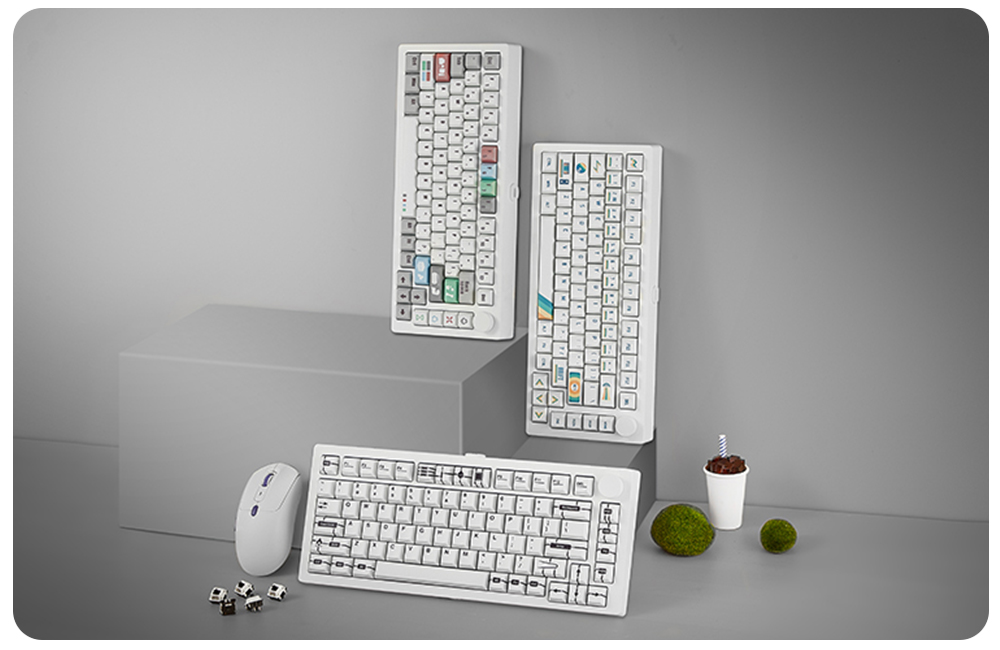
(1K Wired Mechanical Keyboard)
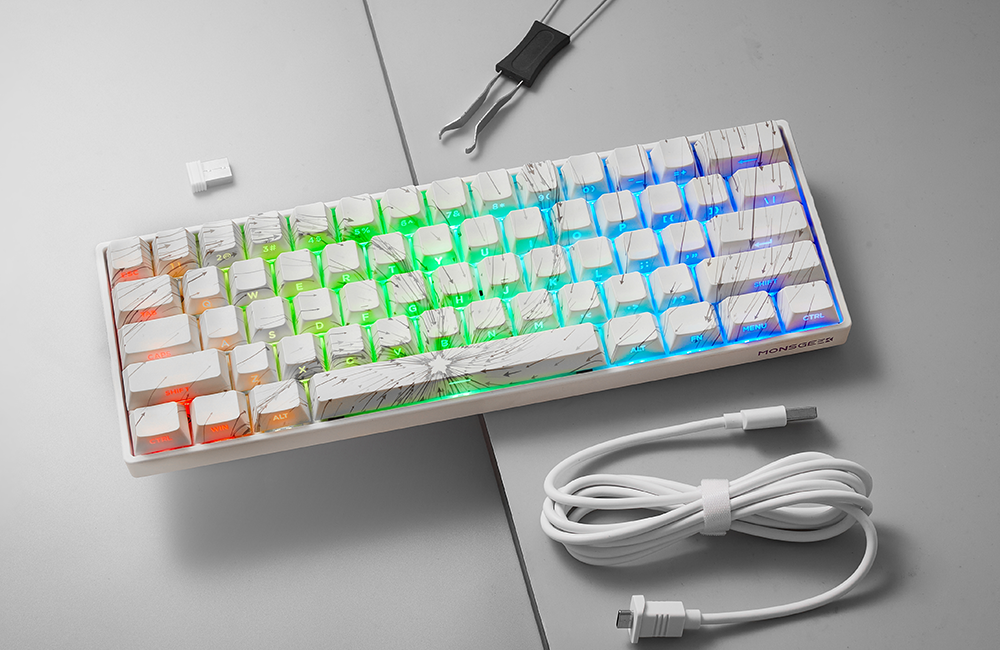
(8K Wired/8K Wireless Magnetic)
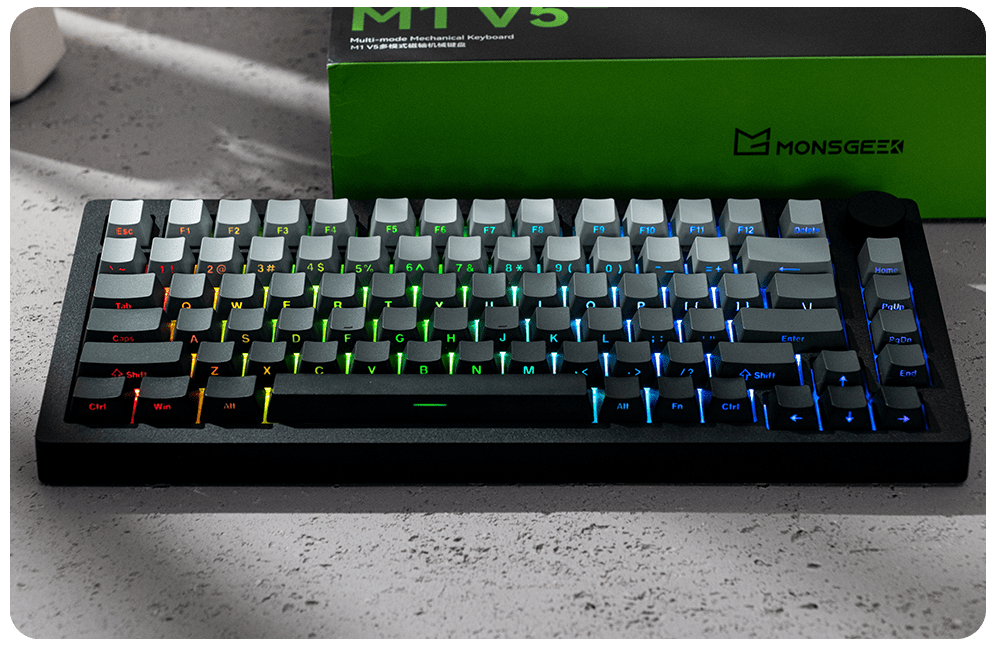
(8K Wired/8K Wireless Magnetic)
Is Higher Polling Rate Always Better? The Practical Reality
While the theoretical benefits of higher polling rates are clear, the practical impact on the average user can be a bit more nuanced.
- For the Average User (Browsing, Typing, Casual Gaming):
For most everyday tasks like typing documents, browsing the web, or even playing casual, slower-paced games, a 125Hz or 1000Hz polling rate is more than sufficient. You are highly unlikely to perceive any difference in responsiveness. Your own reaction time, network latency (in online games), and monitor refresh rate will be far more significant factors in your overall experience.
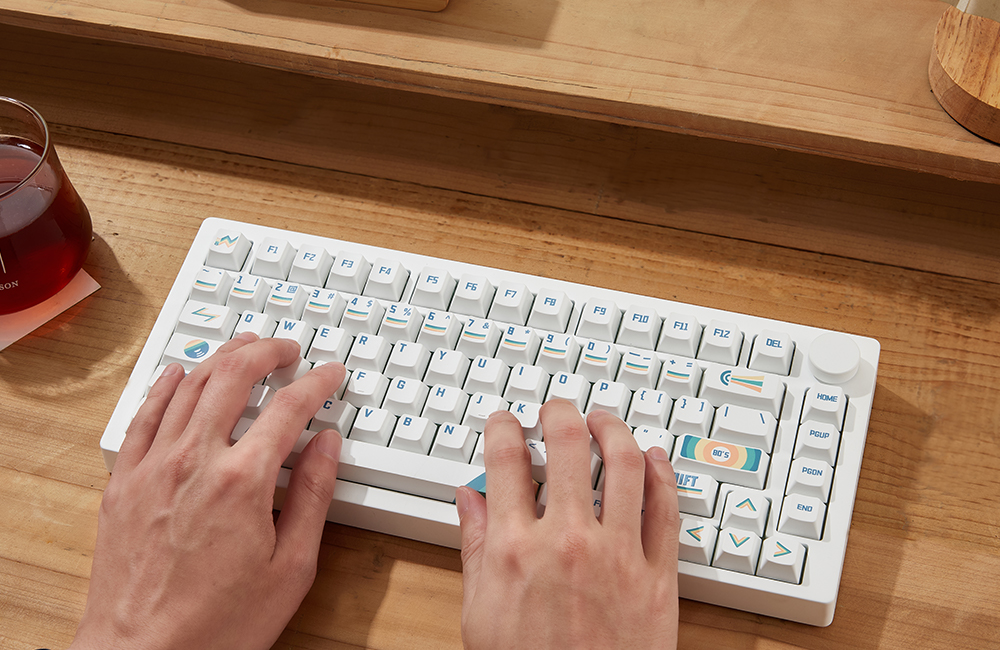
- For Competitive Gamers and Esports Professionals:
This is where the discussion gets interesting. In titles where split-second decisions and precise movements are paramount (think competitive FPS like Valorant or CS: GO, or rhythm games), every millisecond can make a difference.
- 1000Hz vs. 125Hz: The jump from 125Hz to 1000Hz is generally considered a noticeable upgrade for competitive gamers. The reduction in input lag can contribute to a feeling of greater responsiveness and precision.
- 8000Hz vs. 1000Hz: This is where the law of diminishing returns truly kicks in. While 8000Hz theoretically offers 0.875ms less latency than 1000Hz, the human perception of such a minuscule difference is incredibly difficult. Many professional gamers and reviewers report little to no perceivable advantage, or at least one that doesn’t significantly impact their performance.

Potential Downsides of Ultra-High Polling Rates
It’s not all sunshine and lightning-fast key presses with 8000Hz keyboards. There are a few potential drawbacks:
- Increased CPU Usage: Higher polling rates mean your CPU has to process more data from the keyboard more frequently. While modern CPUs are powerful, this can lead to a measurable (though often negligible for most) increase in CPU utilization, especially on older or less powerful systems.
- Compatibility Issues: Some older games or niche applications might not be designed to handle such high input rates, potentially leading to erratic behavior or input skipping. This is becoming less common as the technology matures, but it’s something to be aware of.
- Higher Price Tag: Keyboards with ultra-high polling rates often come with a premium price, as they require more sophisticated hardware and firmware.
So, Which Is Better?
- For the vast majority of users, a 1000Hz polling rate is the sweet spot. It offers excellent responsiveness without any noticeable downsides or unnecessary strain on your system. Most quality gaming keyboards today already offer this.
- If you are a competitive esports athlete or an enthusiast who demands every conceivable advantage and has a top-tier system, an 8000Hz keyboard might offer a marginal theoretical benefit. However, manage your expectations regarding a truly perceivable difference. Consider it a fine-tuning optimization rather than a game-changer.
- If you’re a serious gamer using your keyboard over Bluetooth at 125Hz, switching to 1000Hz or a higher polling rate via wired or 2.4G wireless will likely be a more impactful upgrade.
Ultimately, the “better” polling rate depends on your individual needs, budget, and sensitivity to minute differences in input lag. For most, the pursuit of 8000Hz is more about technological novelty than a truly transformative experience. Focus on a keyboard with comfortable switches, a layout you like, and a reliable build quality first and foremost. The polling rate, while a fun spec to consider, is often less critical than you might think.
Clarifying Key Terms: Polling Rate vs. Scan Rate vs. Sampling Rate
To avoid confusion often seen in marketing:
- Polling Rate (Hz): How often the keyboard reports key states to the computer (via USB). This is the rate discussed in this article (125Hz -> 8000Hz). It primarily affects system input latency.
- Scan Rate (Hz): How often the keyboard’s own microcontroller (MCU) checks the state of the keys. In traditional mechanical keyboards using a key matrix, this scan rate is crucial for preventing ghosting and impacts the key response time before data is even sent via USB. Higher scan rates reduce the chance of missed inputs within the keyboard itself.
- Sampling Rate (Hz): Primarily relevant to the precision of magnetic/analog keyboards (using Hall Effect, TMR sensors, etc.). This refers to how frequently the keyboard measures the analog position of each key. A high sampling rate (e.g., 1000Hz+) enables features like rapid trigger, adjustable actuation points, and smooth analog input. This is an internal measurement performed by the keyboard’s sensors and MCU before data is polled via USB.
| Attribute | Polling Rate | Scan Rate | Sampling Rate (Magnetic/Analog Keyboards) |
|---|---|---|---|
| Definition | Frequency keyboard reports inputs to PC | Frequency keyboard MCU checks key states | Frequency keyboard samples key position |
| Layer | USB Communication (Device -> PC) | Internal Keyboard Logic | Per-key Sensor Logic |
| Primary Impact | System Input Latency | Key Response Time (within KB), Anti-Ghosting | Analog Precision, Rapid Trigger, Adjustable Actuation |
| Key Function | Transfers key event data | Detects digital on/off state in matrix | Tracks analog key travel/position |
| Common In | All USB Keyboards | All USB Keyboards | Magnetic Switch Keyboards (Hall Effect, TMR) |


